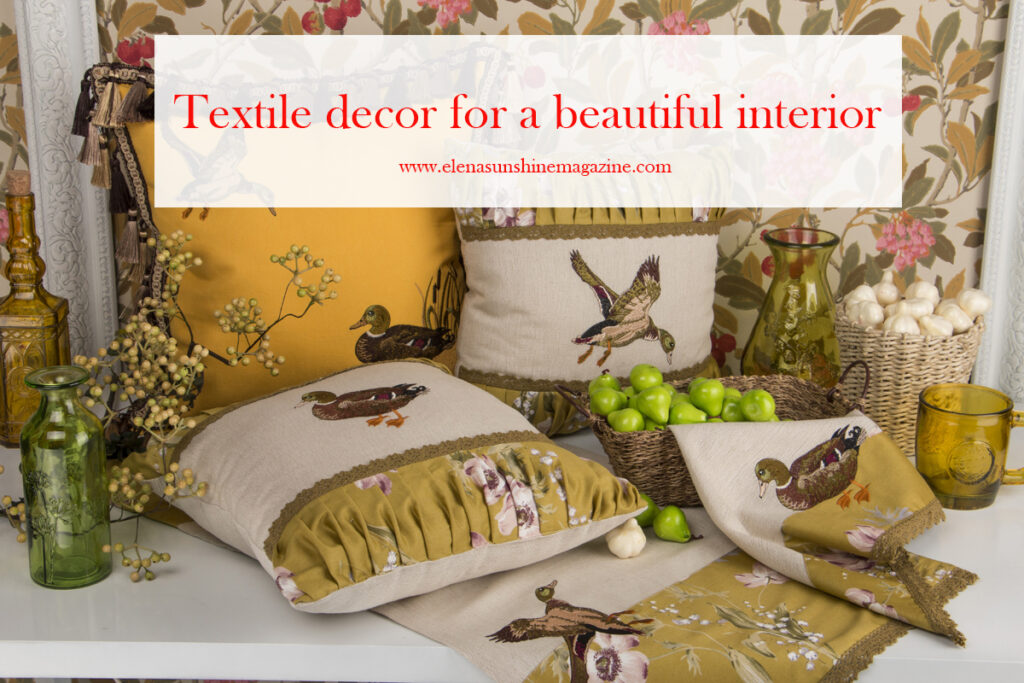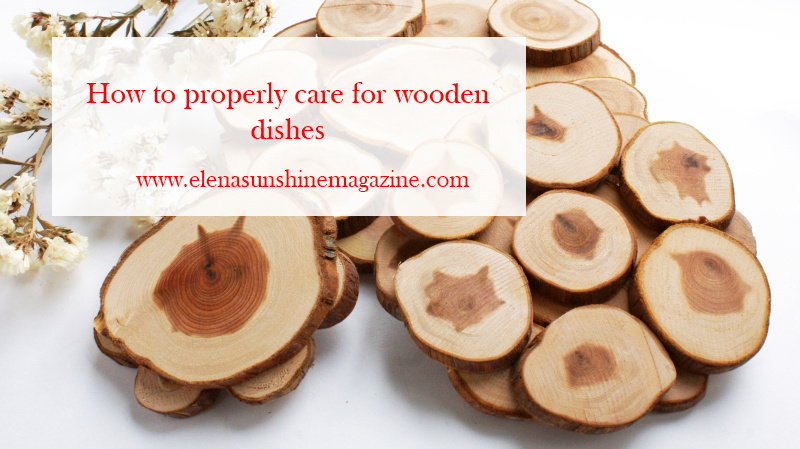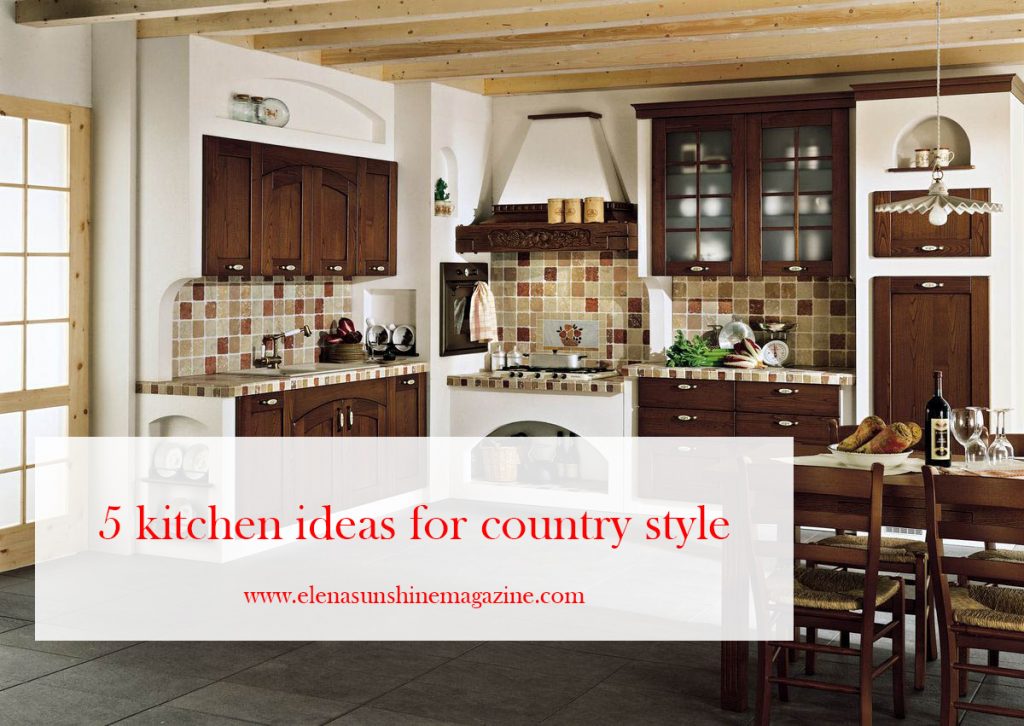Textile elements fill our home with warmth and comfort. As for the beautiful interior of the house, here with the help of textile details, you can emphasize a special atmosphere of respectability and chic. There are some rules that determine good taste and it is desirable to know about them. Textile decor for a beautiful interior.
What exactly is considered a textile decor
In all living rooms of the house there are curtains and carpets, upholstery and covers for sofas, armchairs, poufs and chairs, as well as pillowcases for decorative pillows. In the bedrooms, a bedspread and bed linen are added, less often-woven headboards and a canopy. For the dining area, table textiles (tablecloths, napkins).
Textiles can also be used to decorate walls. the most popular options for beautiful interiors are batik (silk painting) and tapestry (woven plot or ornament).
You can still remember fabric wallpaper, but it is more likely-a type of finishing materials, not decor.
In short, textile decor is any furniture elements or interior items that are based on fabric or intertwining threads.
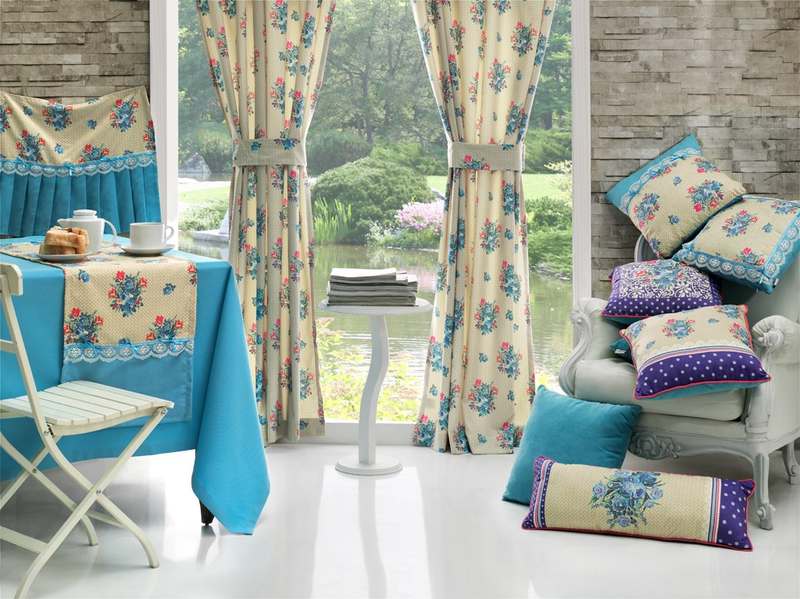
Rules of good taste when choosing fabric elements
Unlike furniture, wall coverings and floors, textile decor does not like compromises with style. If your choice is classic, then all the elements of the fabric should be classic, modern details here will break the overall harmony.
This rule applies to a beautiful interior of course.
Fabric almost does not exist without a pattern. The only exception is plain fabrics. But in this case, the texture plays a special role.
First – about the drawing of fabrics that are preferable to use in an elite interior. Exactly the same fabric on all pieces of furniture look corny. That is why they try to create a variety of combinations of fabrics that are similar in color. Drawings help them do this.
They should be quite restrained and traditional:
stripe (for almost any style, wide or narrow),
cage (for country styling),
small floral and vegetable ornaments (for salon and office styles)
large flowers, monograms and leaves (for modern, glamorous and Baroque).
The last category of drawing should not be mixed with anything other than plain fabrics, and the previous three can be combined in any combination.
If you prefer plain fabrics, the most common option is to play on shades or contrasts.
But there are other, more effective modern techniques, such as choosing very close or neutral shades and combining different textures (matte and shiny, dense and translucent, voluminous and openwork, smooth and rough to the touch).

Textile decor for a beautiful interior.
How to choose large textile elements (curtains and carpets). Textile decor for a beautiful interior.
Of course, the larger the element, the more significant role it plays in creating an impression of the interior.
For example, a monochrome palette (shades of the same color) or its combination with neutral tones is desirable for window design. Your curtains can be very complex or quite simple in shape, but color restrictions on combinations are a mandatory rule. For all windows in one room, it is advisable to use a combination of 2-3 fabrics. But the shape of the curtains may differ slightly.
In addition, a large and contrasting pattern on the curtains is undesirable — this distracts attention from other, more important items in the room. But if you use plain fabrics, the contrast is quite appropriate.
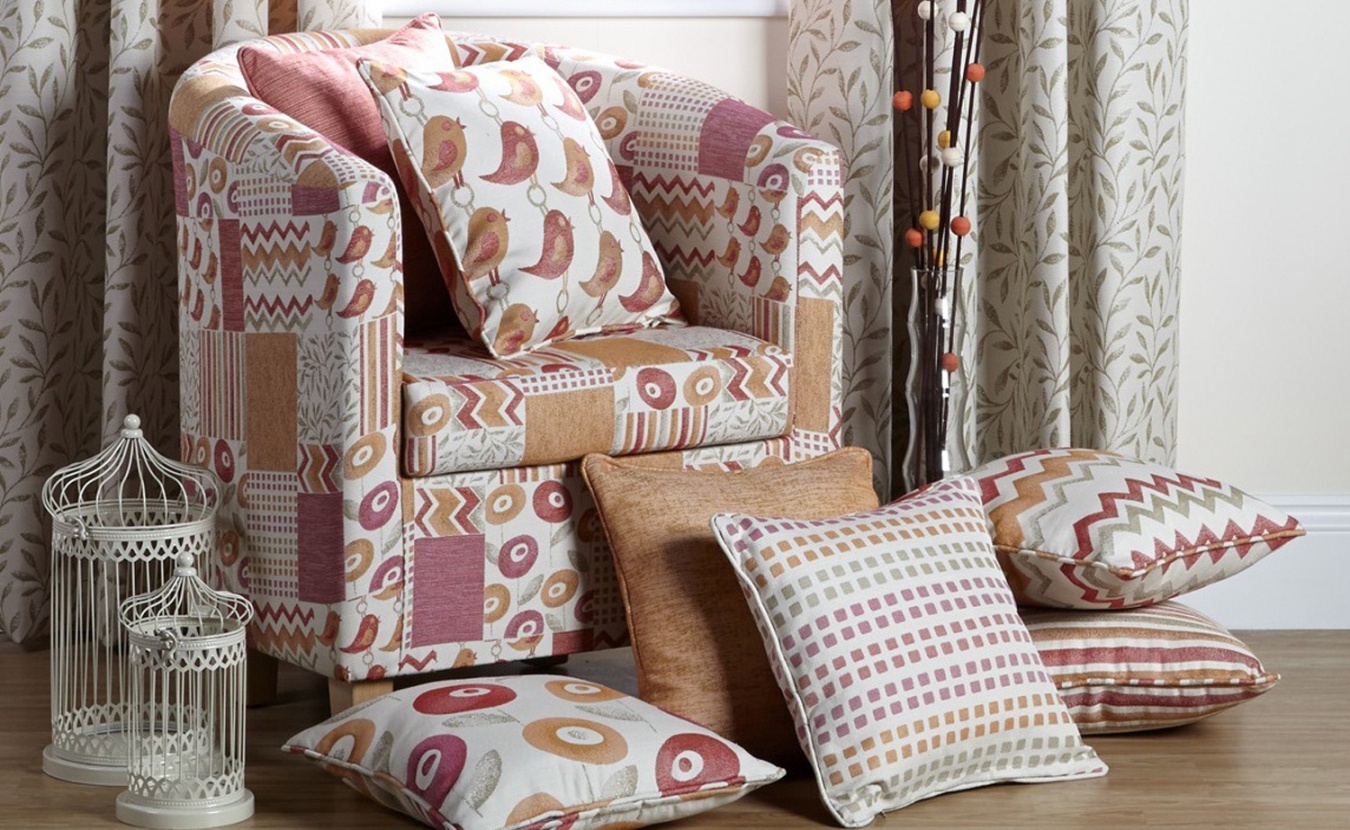
The selection of carpets, there are a lot of manuals with detailed rules. For a beautiful interior, the proportionality of the size of the carpet and the area of the room is especially important. In addition, it is very desirable that the individual colors in the carpet pattern are repeated in other elements of the interior.
If your choice is classic or oriental carpets, pay attention to the drawing. If it is large enough, contrasting, variegated or geometric, upholstered furniture upholstery is preferred plain and neutral tones. And support the shades of the carpet can, for example, decorative pillows, a picture above the sofa or vases on the coffee table.
If you want to add a decorative item to a strict classic interior, pay attention to sculptural carpets: these are products with differences in the level of pile (high, medium and low). Unlike traditional carpets, their color scheme has a transition of shades of the same palette or a soft contrast.
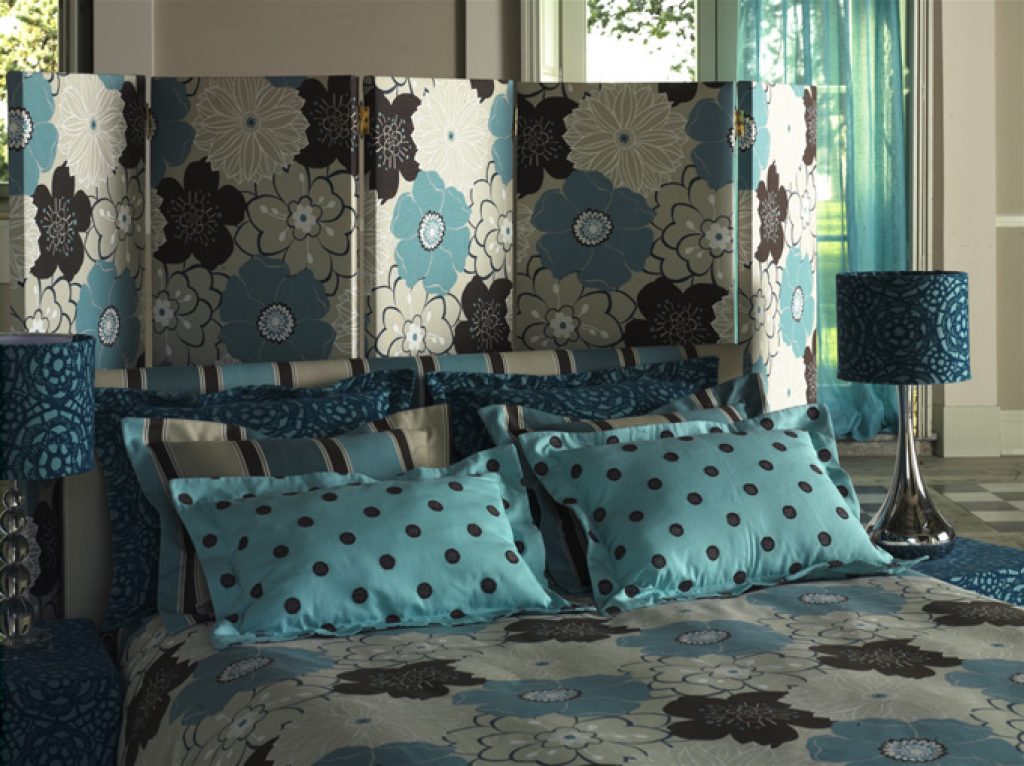
How to choose textile wall decorations.
Here we are talking about very small details of the interior, but they can be a worthy alternative to more standard elements. For example, you can use them instead of pictures.
Here it is important to know about the most important rules. Classic story tapestries can make a lasting impression on you, but not all stories are suitable for every interior style.
And if you prefer ease and ease, it is better to choose an elegant feminine batik or modern versions of tapestries.
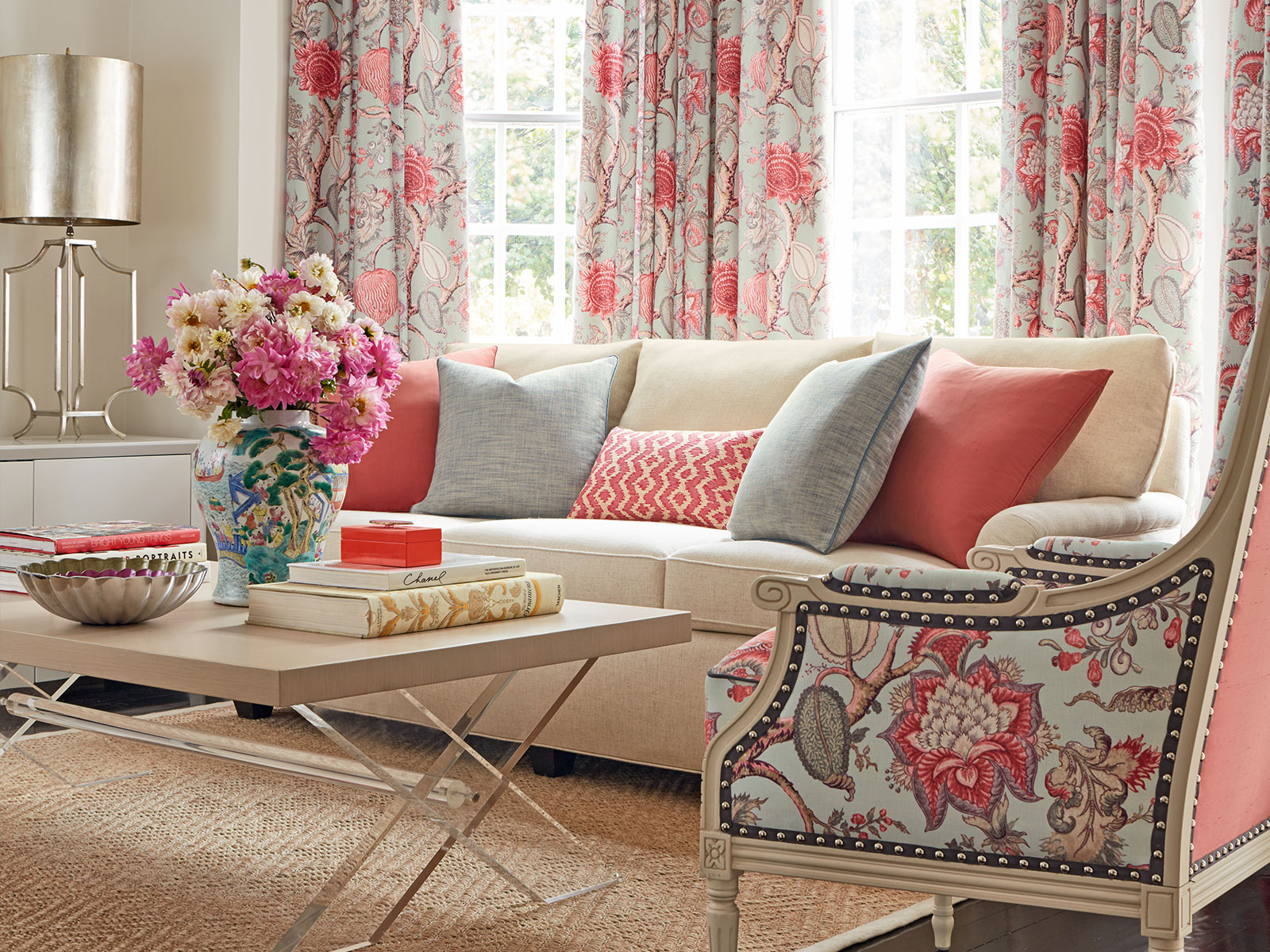
Textile decor for a beautiful interior.
Tips. Textile decor for a beautiful interior.
Working with textiles is an eternal search that accumulates experience and interesting findings, which I am happy to share with you.
When you decide to implement a style, try to stay within it. The textiles that you choose should become a harmonious part of your interior.
In traditional interiors, lace fabrics combined with thick curtains made of velvet and chenille will create a sense of lightness.
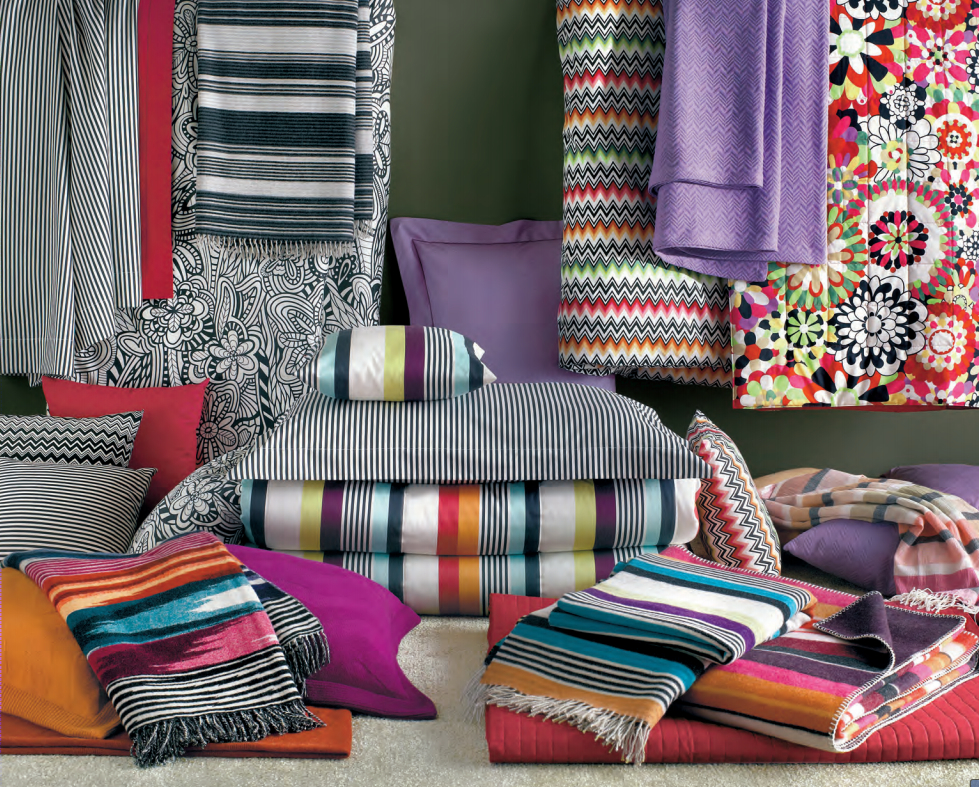
Well-chosen accessories-decorative braid, hooks, brushes-will add harmony and sophistication to your interior.
Choose fabrics in such a way that their ornament does not contradict the pattern on wallpaper or other finishing materials, but supports them with color and texture.
Give preference to fabrics that are dominated by natural fibers — this will raise your interior to another level.
If you want to give a second life to an old, but favorite piece of upholstered furniture, textiles will come to your aid. To complete the image, add decorative pillows that are made of the same fabric as the curtains.
For a room located on the sunny side of the house, choose fabrics in cold tones. If the sun is a rare guest in your room, then give preference to fabrics of warm shades.
The use of textiles requires special knowledge and skills in the selection of fabrics, taking into account their properties and qualities. Therefore, I hope that these tips will save you from mistakes and help you in the fascinating process of selecting textiles for your interior.

